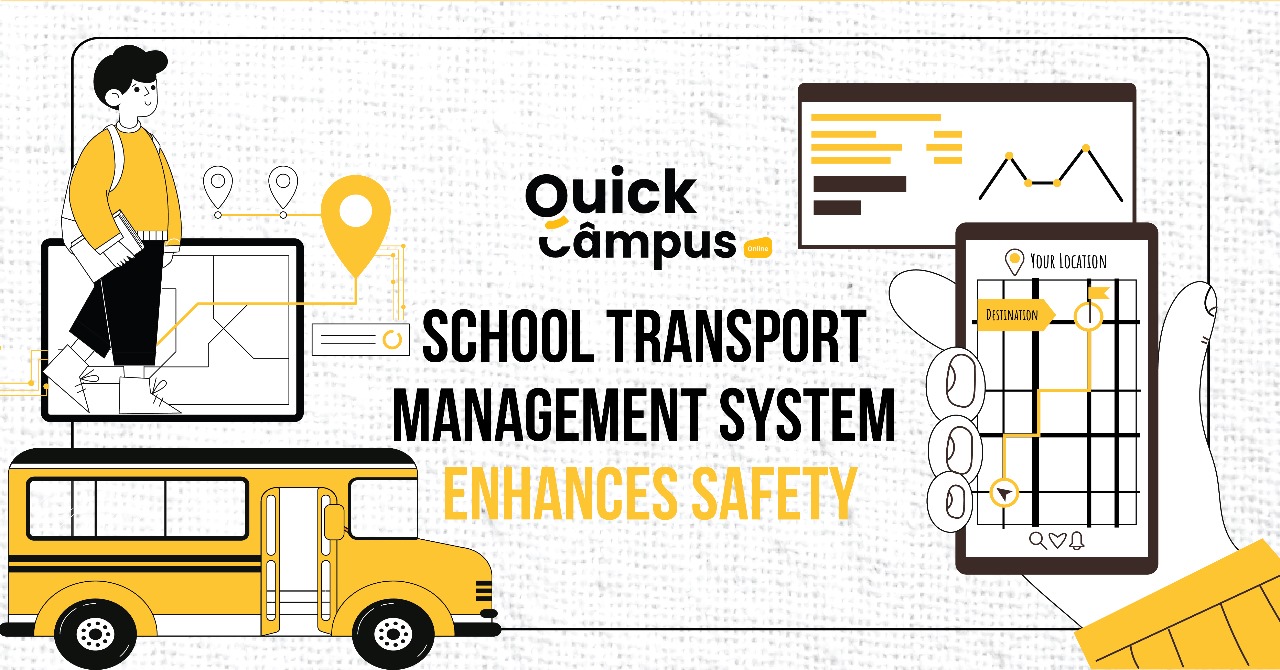What Is Simulation Training? – Meaning & Benefits
Imagine a world where learning occurs through tangible experiences rather than books and lectures. It is the home of simulation training, where students enter virtual surroundings to polish their skills. Let us walk through the strange land where reality and fantasy come together.
What Is Simulation Training?
Simulation training is like video games with a purpose. You do not control characters on a screen; instead, you find yourself in situations that mimic real-world occurrences related to what you study or do for a living. Whether you are a pilot in aviation school, a surgeon in medical school, or a firefighter during an emergency response, simulation training will expose you to challenges and decisions related to your occupation within a safe environment.
Benefits Of Simulation Training
1. The Power Of Immersion
The strength of simulation training lies in its ability to immerse learners into the environment. Through advanced technology such as virtual reality (VR) or computer simulations, you will come across like you are there with the possibility of facing the same pressures and dilemmas as they occur in real life. This behavior offers a more engaging and memorable experience since it enlivens your senses and emotions.
2. Learning by Doing
In simulation training, however, learning is achieved through practical doing. Unlike just receiving information, this involves participation through decision-making with consequences. Whether performing complex medical procedures, running a business, or handling a catastrophe, you can apply what you know and do practically yourself. Therefore, this approach to learning is to teach people how to think critically, solve problems, and make decisions that are applicable in real-life situations.
3. Safe Space for Mistakes
Finally, simulation training allows one to make mistakes without any repercussions in the actual world. So, if something goes wrong during simulations, feel free to try other approaches or new methods and learn from your mistakes without endangering the lives of others. It forms an experimental zone for growth that enables one to grow.
4. Joining ideas with actions
Practical training using simulations helps connect classroom knowledge with reality. It gives you the chance to put what you’ve learned into practice and makes you understand the significance of your studies. Seeing how theories work in different situations lets you truly comprehend how they are used in your area of interest.
5. Continuous Improvement
Think of simulation training like an ongoing trip, not just a single stop. As you move through different situations and get input from teachers or friends, you can polish your abilities, fix errors, and boost your abilities. This repeating cycle of gaining knowledge and adjusting readies and puzzling situations armed with sureness and capability.
Summary
At its core, simulation training is more than just a learning aid – it’s a life-changing experience. It enables learners to step out from their daily routines, take on fresh quests, and discover their maximum capabilities. Therefore, let’s welcome the exciting journey of simulation training and start our shared expedition towards discovery and development.












